I've built variants of this. It works up until the supply voltage approaches max gate-source voltage. Any higher will break your mosfet. This is typically around 20V for power mosfets, but don't go higher than 16-18V due to voltage spikes from the coil feedback.
You can separate the power supply for the gate and drain circuits, and then you can keep the gate below 18V and the drain can go a little higher.
However, due to resonance, the drain voltage swings can easily exceed the drain-source maximums too. I burned out a few IRF640s which has a 200V max drain-source, but I was inputting only 24-26V. Then I simulated it in LTSpice and the voltage peaks hit almost 300V for that input.
I suggest learning to use LTSpice or another simulation tool and play around with different topologies if you want to go higher in voltage. If you just want a small slayer exciter that's quite a bit better than the BJT equivalent, use a power mosfet and stay below the gate-source voltage max.


